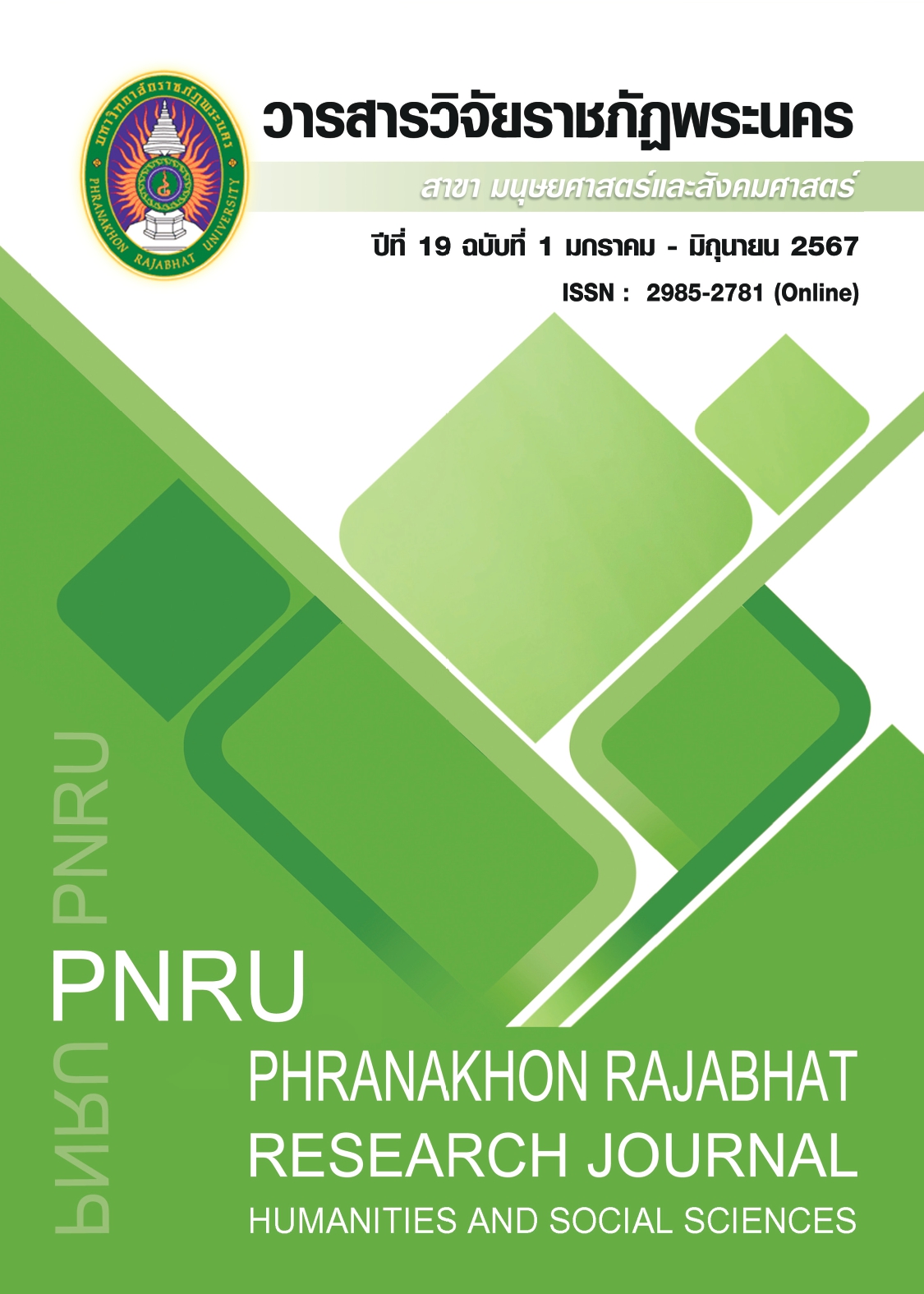STUDY THE PROCESS OF STUDENT RECRUITMENT FORM IN SCIENCE-BASED TECHNOLOGY DEMONSTRATION CLASSES UNDER THE SUPERVISION OF RAJAMANGALA UNIVERSITY OF TECHNOLOGY LANNA, CHIANG RAI
Main Article Content
Abstract
The objectives of this research were 1) to comprehend the situation of student enrollment in a science-based technology demonstration classes and 2) to synthesize the appropriate model for the student enrollment process in a science-based technology demonstration class. The sample used in the research was Chief Executive Officers, curriculum heads, lecturers, mentors, staffs, and 30 students. The research tools were interviews and group focus discussions The statistics used for data analysis was content analysis.
The research results were
1). Student enrollment situation: The university exhibits have strengths and opportunities as are selling points for parents and students, especially in specialized professional education, producing skilled graduates for industry, fostering personnel specialized knowledge, and having a modern laboratory. However, weaknesses and threats include the remote location of the university and increased competition in student enrollment. Proposed solutions involve policy setting and short-term and long-term enrollment strategies.) As for weakness and threats, the university’s location is far from the city and competition in student admissions has increased. Guidelines for solving recruitment problems by setting policies and planning strategies for student recruitment, both short-term and long-term planning.
2. Appropriate student enrollment process model suggested a diversified approach encompassing both online and offline methods with varied and easily accessible up-to-date information dissemination, contemporary communication language that is concise and clear, prompt response mechanisms, and proactive engagement with education institutions. Additionally, there is a necessity for a mobile unit for enrollment and a staff equipped who understand marketing strategies.
Article Details

This work is licensed under a Creative Commons Attribution-NonCommercial-NoDerivatives 4.0 International License.
Each publish articles were copyright by Phranakorn Rajabhat University
Any contents which appeared in each articles in the journal were authors personal opinion. It did not relate to Phranakorn Rajabhat University and other instructors in the university. Each authors would take responsibility on their articles. If there are any mistake, the authors will take responsibility themselves
References
Chaimongkol, P. (2017) Development of a system for processing applicants for the Royal Diploma of Srinakharinwirot University. Bangkok: Computer Office Srinakharinwirot University, Srinakharinwirot University. (In Thai)
Khaemmanee, T. (2012). Teaching Science: Knowledge for Organizing an Effective Learning Process. 4th printing. Bangkok: Chulalongkorn University Press. (In Thai)
Ketsuwan, R. (2014). Organizational Development. Bangkok: Borpit Printing. (In Thai)
Khonchoho, P., Maneetoem, A., Thongkum, C., Amornjuti, P., & Seearmrungruang, S. (2018). Flexible student admission system for Phetchaburi Rajabhat. Journal of Education and Human Development Sciences, 2(1), 39-50. (In Thai)
Office of the Secretariat of the Council of Education. (2018). Annual Report 2018. Bangkok: Office of the Secretariat of the Education Council, Ministry of Education. (In Thai)
Office of Academic Promotion and Registration (2021). A Guide for Graduate Professional Practitioners using Technology. Chiang Mai: Academic department, Rajamangala University of Technology Lanna. (In Thai)
Piathong, A. (2016). TQM and Management of Private Educational Institutions. Journal Phranakhon Rajabhat: Social Sciences and Humanity. 11(1), 242-251. (In Thai)
Srimontrisanga, W. (2022). Development of Admission System for University Education. Journal of Council of University Administrative Staff of Thailand, 11(3), 118–128. (In Thai)
Srisa-an, W. (2017). Cooperative Education Innovation 4.0. Retrieved from https://www.wu.ac.th/th/news/10869. [2017, 27 March.] (In Thai)
Thaiklang, S., & Sookkhathon, W. (2014). Direct Admission Online System of Nakhon Si Thammarat Rajabhat University. WICHA JOURNAL, 33(2), 46-59. (In Thai)
Uthanan, S. (1983). Organizing Teaching and Learning Systematically. 4th. Bangkok: Duangduean Printing House. (In Thai)


